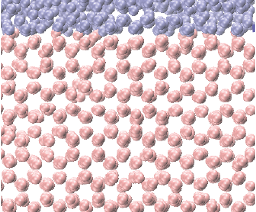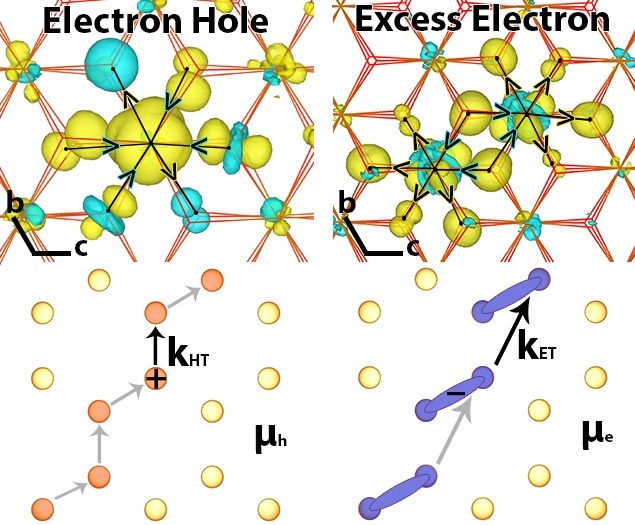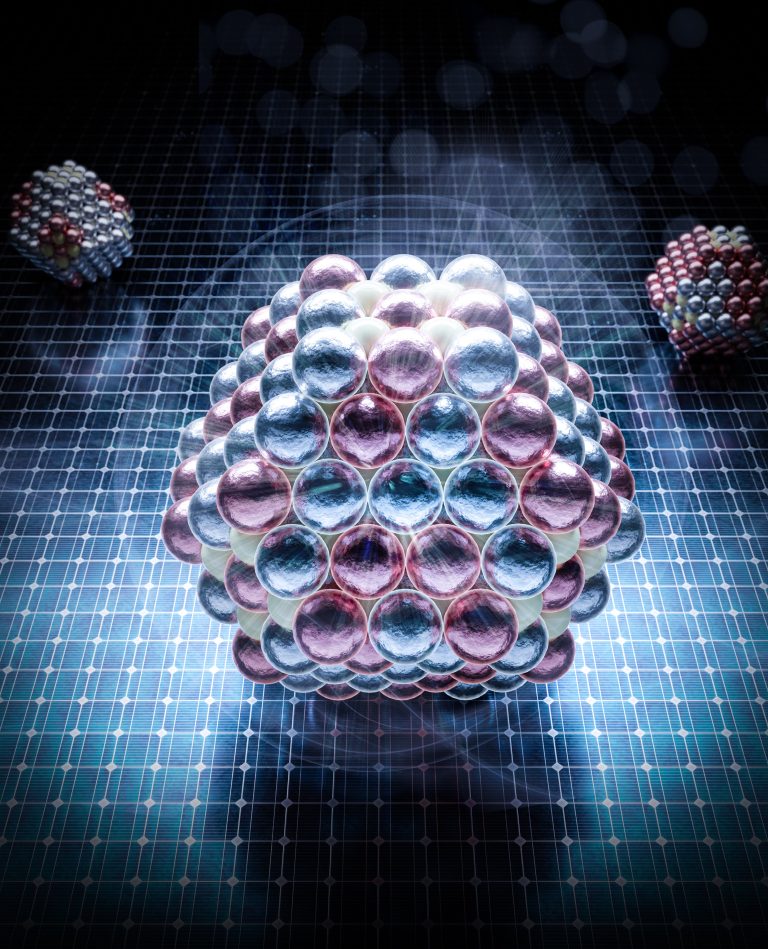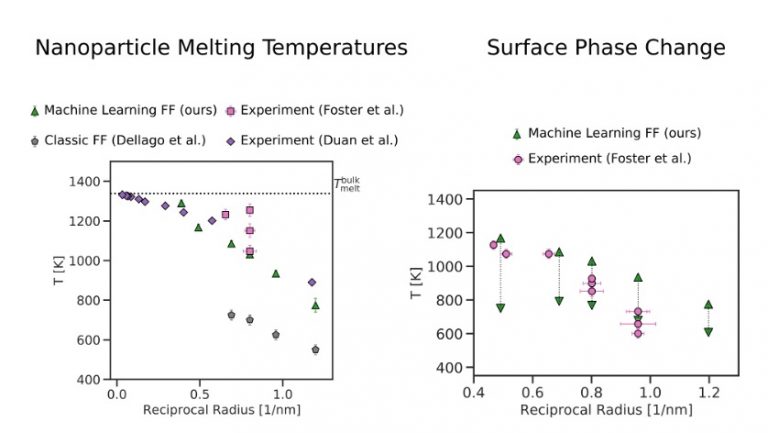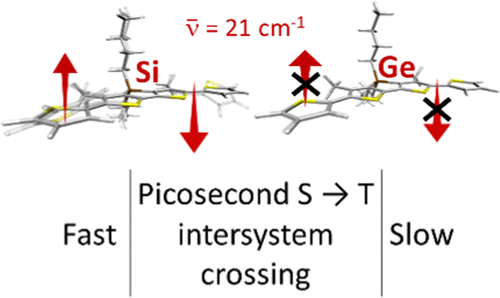A phase field electro-chemo-mechanical formulation for predicting void evolution at the Li-electrolyte interface in all-solid-state batteries
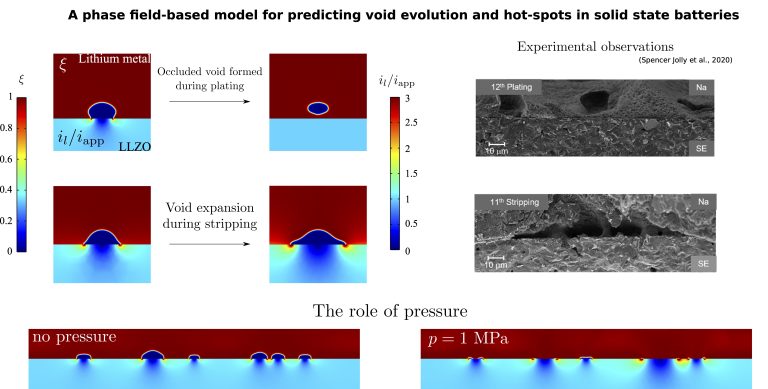
All-solid-state batteries are arguably the most promising development in energy storage technology. However, commercialisation is hindered by the formation of voids and dendrites at the interface between the Li metal anode and the solid electrolyte. In this work, a mechanistic…



